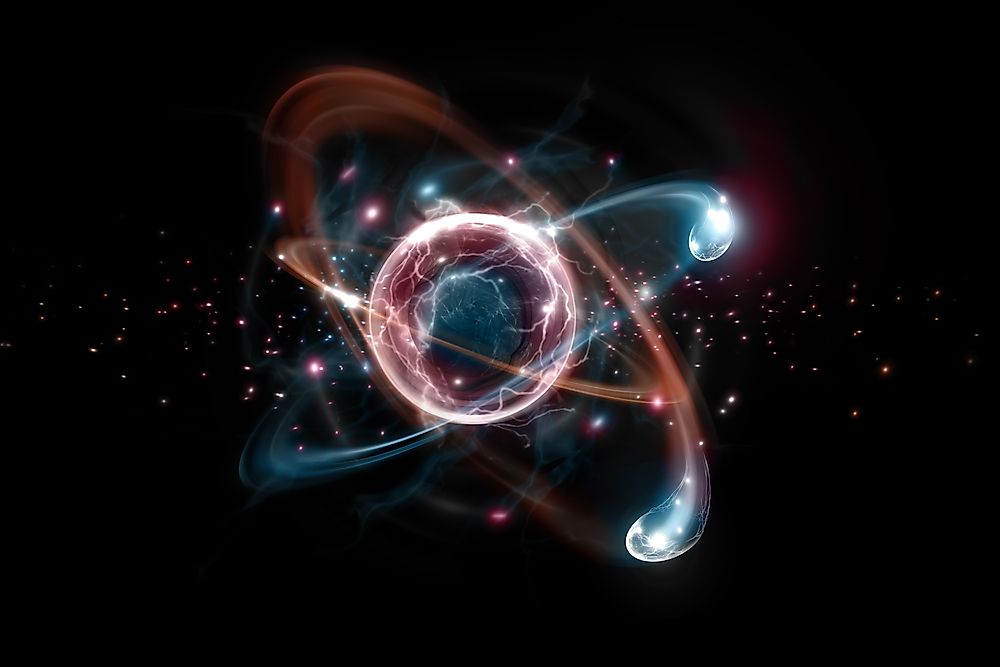

In this way they still obeyed Heisenberg’s requirement for uncertainty, but hid the uncertainty where it can do no harm.
HEISENBERG PRINCIPLE ATOM LOCATION HOW TO
The ICFO team showed how to put nearly all of the uncertainty into the angle that is not measured by the instrument.

The trick is to realize that the spin has not one but two pointing angles, one for the north-east-south-west direction, and the other for the elevation above the horizon. In their article "Simultaneous tracking of spin angle and amplitude beyond classical limits", published this week in Nature, they describe how a properly designed instrument can almost completely avoid quantum uncertainty. Giorgio Colangelo, Ferran Martin Ciurana, Lorena C. This long-standing expectation has now been disproven, however, by ICFO researchers Dr. Since most atomic instruments measure two properties (spin amplitude and angle), the principle seems to say that the readings will always contain some quantum uncertainty. For example, if we measure an electron’s position with high precision, Heisenberg’s principle limits the accuracy in the measurement of its momentum. The sensitivity of this kind of measurement was long thought to be limited by Heisenberg’s uncertainty principle, which states that accurately measuring one property of an atom puts a limit to the precision of measurement you can obtain on another property. Combining these two pieces of information, the MRI can make a 3D map of the tissues in the body. In MRI, for example, the pointing angle of the spin gives information about where in the body the atom is located, while the amount of spin (the amplitude) is used to distinguish different kinds of tissue. One might think these two instruments have nothing in common, but they do: both technologies are based on precise measurement the spin of the atom, the gyroscope-like motion of the electrons and the nucleus. MRI is used to image tissues deep within the human body and tells us whether we might suffer from an illness, while atomic clocks are extremely precise timekeepers used for GPS, internet synchronization, and long baseline interferometry in radio-astronomy. State-of-the-art sensors, such as MRIs and atomic clocks, are capable of making measurements with exquisite precision. General Eligibility Requirements, Conditions and Selection Process.Master in Quantum Science and Technology.



 0 kommentar(er)
0 kommentar(er)
